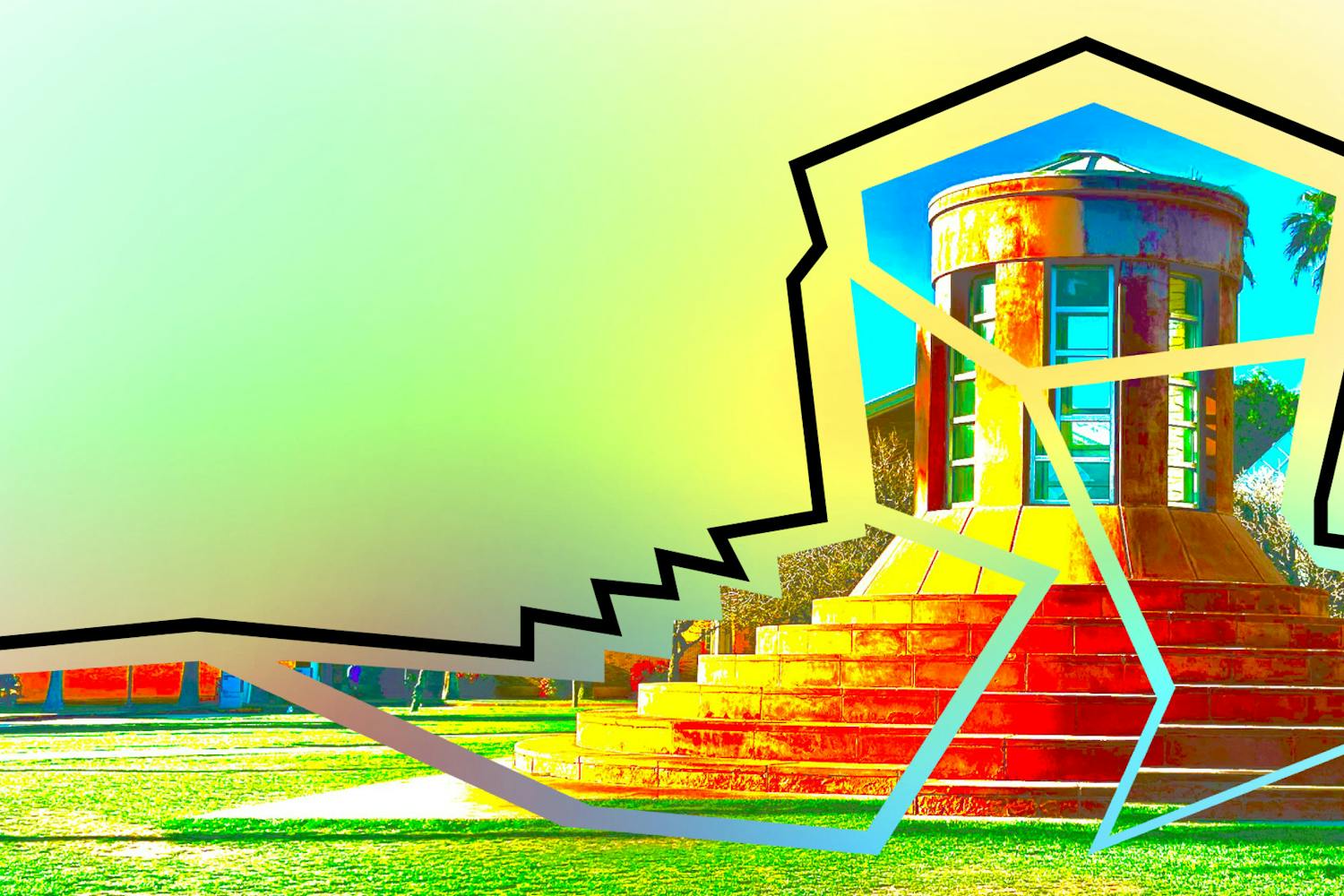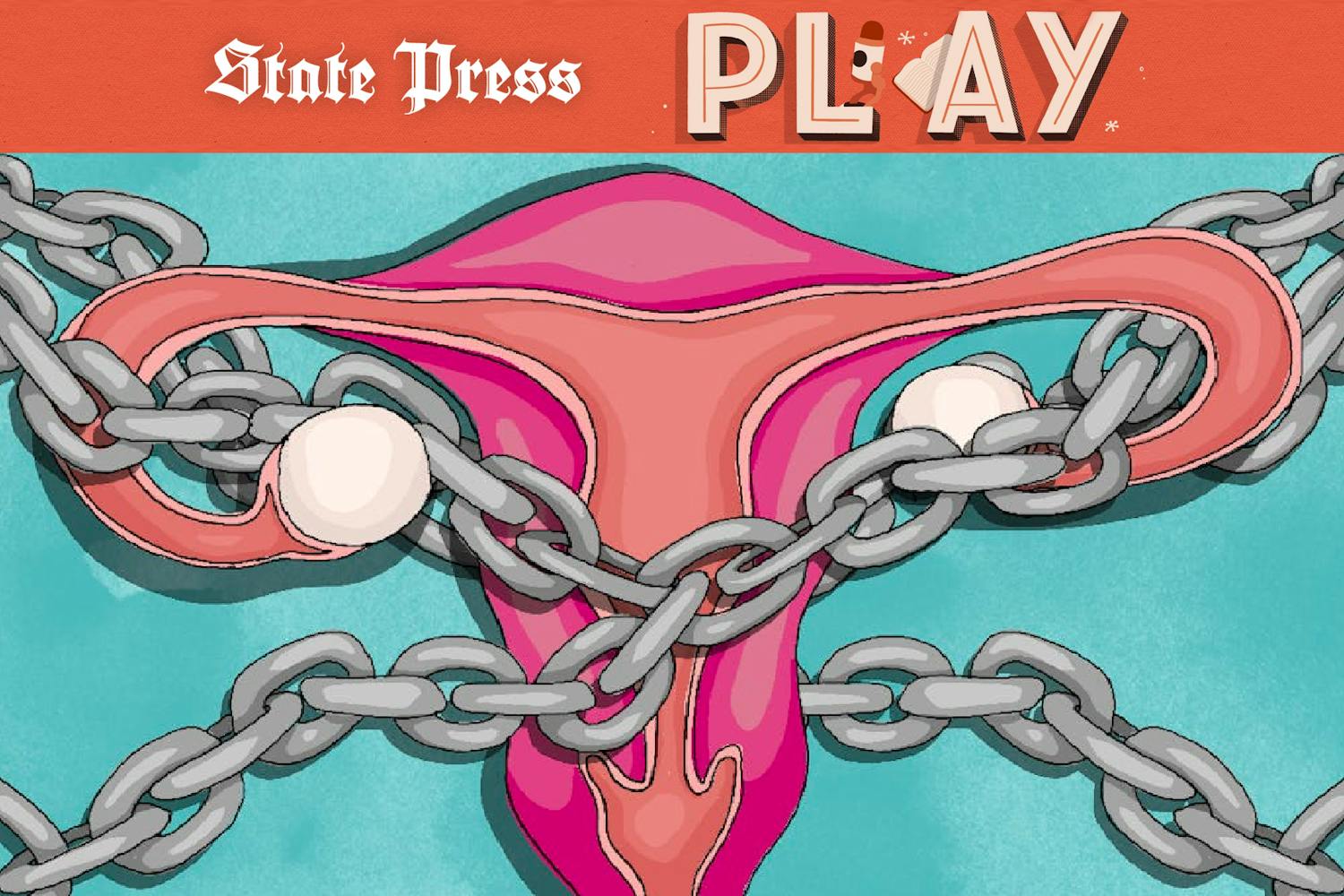Two Phoenix attorneys, Rodney and Sasha Glassman, have completed the third iteration of a children's book series called “Jeremy Jackrabbit” aimed at promoting greener living. This book, “Jeremy Jackrabbit Captures the Sun,” focuses on solar energy and will be distributed to every kindergarten classroom in the state.
The venture was supported by ASU President Michael Crow, whom the authors met at a cafe in Tempe. He ended up writing a foreword to the book discussing why green energy is so important to both ASU and the state's infrastructure as a whole.
This book is very much a product of the community. It is inspired by our desert ecosystem, which has 350 days of sunlight a year. But more closely, elementary school students draw most of the book's illustrations. The fact that these two 30-year-old lawyers, who have a 1-year-old and 3-year-old at home, are able to commit the time it takes to write this book and advertise it to the community is admirable and undoubtedly a noble endeavor.
However, is it the best way to reach kindergartners when it comes to this subject? Is it even possible to reach children that young about such a delicate subject? My answer is no, and I believe in a way this book is having the opposite effect of what it's intending.
I believe when a kindergartner sees an anthropomorphized rabbit, they will instantly associate anything having to do with that rabbit as "make believe." They will likely tune out the broader, social message to follow the idiosyncracies of a talking rabbit.
Of course, the lawyers don't believe it will be a one-to-one transfer of information to the children. They believe it will enter children's minds through the book, and perhaps make them more environmentally conscious people when they grow up. Yet, I believe this book, and other books like it, will make children more complacent toward issues like this than they would otherwise be.
Personally, I think it'd be smarter to present a child with a list of information, empirical and separate from any of the fairy stories they hear on a daily basis. That way, the reader heightens the importance of the list, instead of melding it with the amalgam of fantasy they experience all the time.
Of course, this is just a guess, and it could be true that any exposure to green thinking is good exposure. I just find it hard to believe that children will see this book, and go home to talk to their parents about solar energy instead of a silly cartoonish rabbit.
Reach the columnist at iagilber@asu.edu or follow him on Twitter @izzyg25
Editor’s note: The opinions presented in this column are the author’s and do not imply any endorsement from The State Press or its editors.
Want to join the conversation? Send an email to opiniondesk.statepress@gmail.com. Keep letters under 300 words and be sure to include your university affiliation. Anonymity will not be granted.



